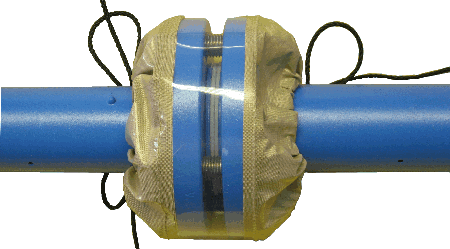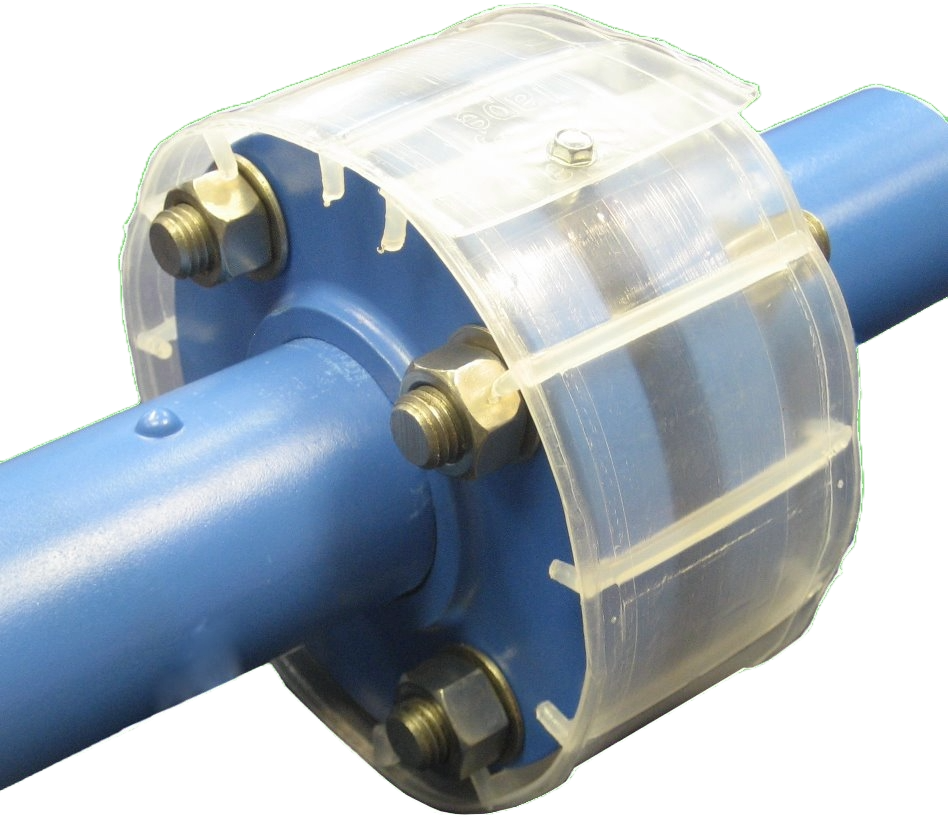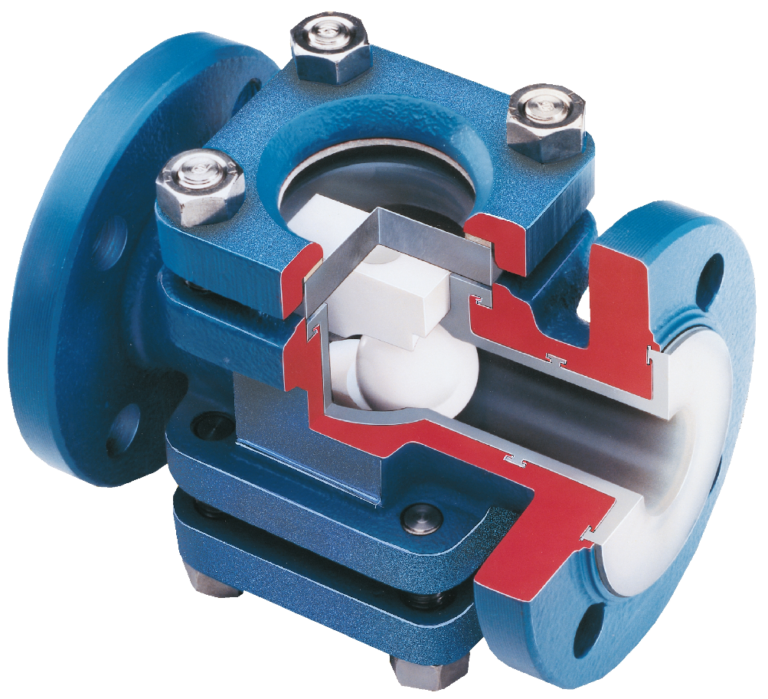In severe applications such as high temperature chlorinated chemicals and hydrochloric acid, customers must be aware of the severe risk permeation can pose to Lined Pipework.
What is permeation in lined pipework?
Permeation in lined piping systems refers to the movement of a chemical medium through the liner material, driven primarily by the concentration gradient and, to a lesser extent, by pressure differences. High temperatures also support permeation but don’t drive it. While PTFE-lined piping is widely used for its exceptional chemical resistance, permeation remains unavoidable in aggressive services such as chlorine and hydrochloric acid. Understanding its implications and how to mitigate them is essential for ensuring system reliability and safety. The negative impacts of permeation can be severe if not properly managed. Over time, a minuscule number of media permeates behind the liner, might lead to blistering of the PTFE and provides corrosion on the steel work
This not only compromises the integrity of the piping but also significantly reduces its service life. The consequences extend beyond material damage, resulting in increased maintenance costs, unplanned downtime, and production losses. In more critical cases, permeation can lead to environmental contamination and pose serious health risks to plant personnel. Ultimately, these issues contribute to a higher total cost of ownership for the system.
When mitigating the risks of permeation customers must consider processing techniques, insulation, liner thickness, venting and quality standards. At CRP we make it a priority to guide our customers through these risks and offer the appropriate solution to fit your application.
How is permeation influenced by Process Driven factors
The chemical nature of the media plays a major role, as some chemicals (such as: HF, nitric acid, acetic acid, chlorinated chemicals, HCl,) permeate more than others. operating temperature, and pressure conditions all accelerate the process.
How is Permeation Influenced by the specification of Lined Pipe work
The composition and quality of the lining material, as well as its thickness, are critical considerations. Thicker liners and advanced materials such as modified PTFE (UHP) or PFA provide better resistance to permeation in most critical applications making material selection a key design decision.
What is the effect of processing techniques on permeation rates for PTFE and PFA lined pipework:
To minimize the risks associated with permeation, careful attention must be given to both material selection and system design. For straight spools, modified, paste-extruded PTFE (UHP) is recommended, while PFA-lined moulded fittings offer superior performance for components such as elbows and tees, typically available up to 14 inches in diameter.
How can Liner thickness influence Permeation:
Whenever possible, specifying the maximum lining thickness will further enhance resistance to permeation. Thicker liner means more material for molecules to pass through. Extending the journeys length permeating out.
How do vent holes play a key role in permeation:
Vent holes are an essential feature in permeable applications. They serve as an early warning system, allowing operators to detect liner failure with a small leakage before catastrophic damage with burst pipes occurs. Additionally, they provide an escape path for permeated media, preventing pressure build-up behind the liner. However, at chlorine and HCl applications, vent holes must be properly designed with vent bosses and PTFE sleeves to avoid external corrosion of the steel pipe,
The importance of specifying insulation to minimise permeation:
At Corrosion Resistant Products, we’ve seen first-hand cases of blistered PTFE and PFA liners, even when the specification was carefully optimised to prevent this. With the root cause being a lack of proper insulation covering the entire pipeline. Insulation is often overlooked, and many don’t fully understand its critical role in minimising the result of permeation.
Insulation increases the temperature at the liner and moves the dew point out of the lining material, which prevents condensation of the media within the liner. Therefore, no condensed media blisters the liner. Insulation also offers temperature controls. Insulation also improves energy efficiency and system safety.
How can suppliers such as Corrosion Resistant Products minimise the risk of permeation?
While CRP cannot influence the operating conditions of your process, we have full control over the specification of our products, and we’re committed to working closely with you to identify the most effective solution.
When specifying lined piping for chlorine or HCl service or other highly permeable chemicals, it is crucial to adopt best practices to ensure long-term reliability. Our expert team is trained to guide you through the challenges and solutions related to permeation. Thanks to our advanced materials and superior processing techniques, we supply pipework with some of the lowest permeation rates available- significantly outperforming isostatically moulded liners.
All CRP products are manufactured in accordance with ASTM F1545 standards, ensuring exceptional quality, durability, and peace of mind. We also have an experienced team who are well versed in mitigating permeation.
For more information on permeation view our PowerPoint on this topic.























































